The clocks went back at the end of October, and though I love an extra hour of sleep, the shorter days came as a rude shock. An Arctic blast also meant we had about a week of conventional autumn weather before entering what certainly feels like a full-blown London winter. The silver lining is seeing the city light up for Christmas with its trees and markets; everything smells like mulled wine.
To bring some of that warmth to my apartment, I revisited a dessert I made all day, every day for a month or two when I worked in New York last year. The restaurant I worked at had an apple strudel flavoured with tonka and Persian limes (in place of traditional vanilla and lemon flavours) on the menu, and making it was one of my favourite tasks in the kitchen during the holiday season. Gently stretching and pulling the gluten-rich dough forced me to be patient and slow down in an otherwise fast-paced environment. The aroma from its baking completely filled the enormous kitchen.
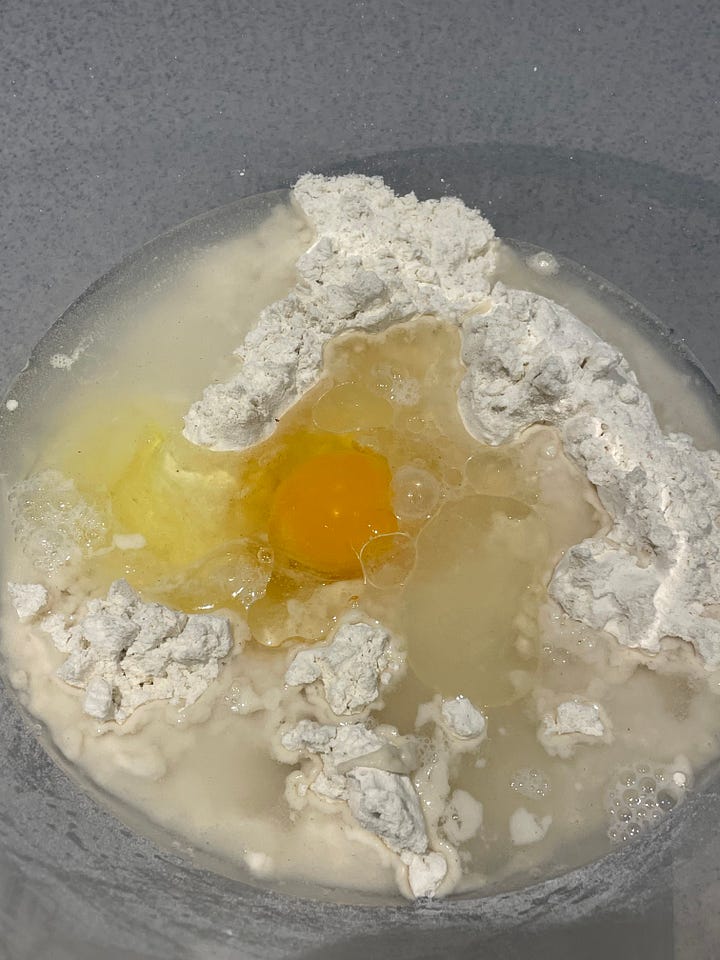
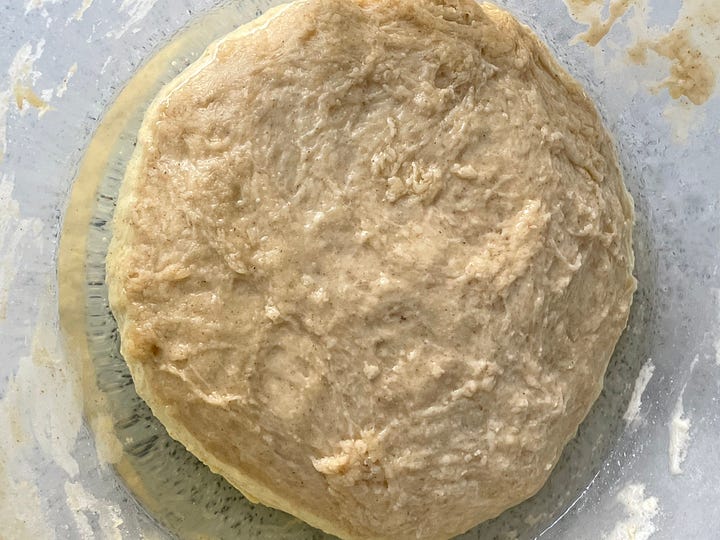
It starts with the simplest dough, which comes together in one bowl and rests overnight, covered in a small layer of grapeseed oil, which keeps the dough soft. It needs to come to room temperature before any work begins on it. At this point, the gluten network in the dough is fully relaxed, which allows it to stretch so much without tearing.
I decided on a pear and orange blossom filling, which I prepared by thinly slicing pears on a mandolin and then macerating with muscovado sugar, orange zest, lemon zest, and orange blossom water that I picked up from an Ottolenghi deli. To this mixture, I added raisins that had been soaking in orange juice. I did not feel the need to add any spices at the time, but cardamom would have been a nice addition.
I began stretching the dough with my knuckles using long, slow movements as pictured while a small saucepan of butter was browning on the stove. This continues to be my favourite cooking smell. For extra toastiness, a spoonful of milk powder can be added to it while it browns.
I continued stretching the dough until it became one long transparent sheet through which I could read the page of a book.
Any opaque edges were trimmed off, and then I brushed it with a layer of the beurre noisette (browned butter- noisette means hazelnut in French) and sprinkled with some muscovado sugar. Both of these help keep everything crisp during the baking process while adding flavour.
I placed the filling at one end of the dough sheet in a line, a little away from the edge. Tucking in the ends, I began rolling the whole mass as tightly as I could manage. This would have been a lot easier if I had stretched the dough on a tablecloth (the traditional Austrian way), but I was not in the mood for extra laundry. The cloth helps you roll the dough tighter and prevents the dough from sticking on your work surface. I just made sure mine was very thoroughly floured to avoid this.
Once rolled, I cut the log in two to fit on my baking sheet, brushed them once again with beurre noisette, and sprinkled them with muscovado sugar.
They were baked for an hour at 180C until nicely browned and crisp. The filling was fork-tender but held its shape.
Once sliced, all it needs is a sprinkle of icing sugar and a dollop (as the great Nigella would say) of some lightly sweetened crème frâiche.




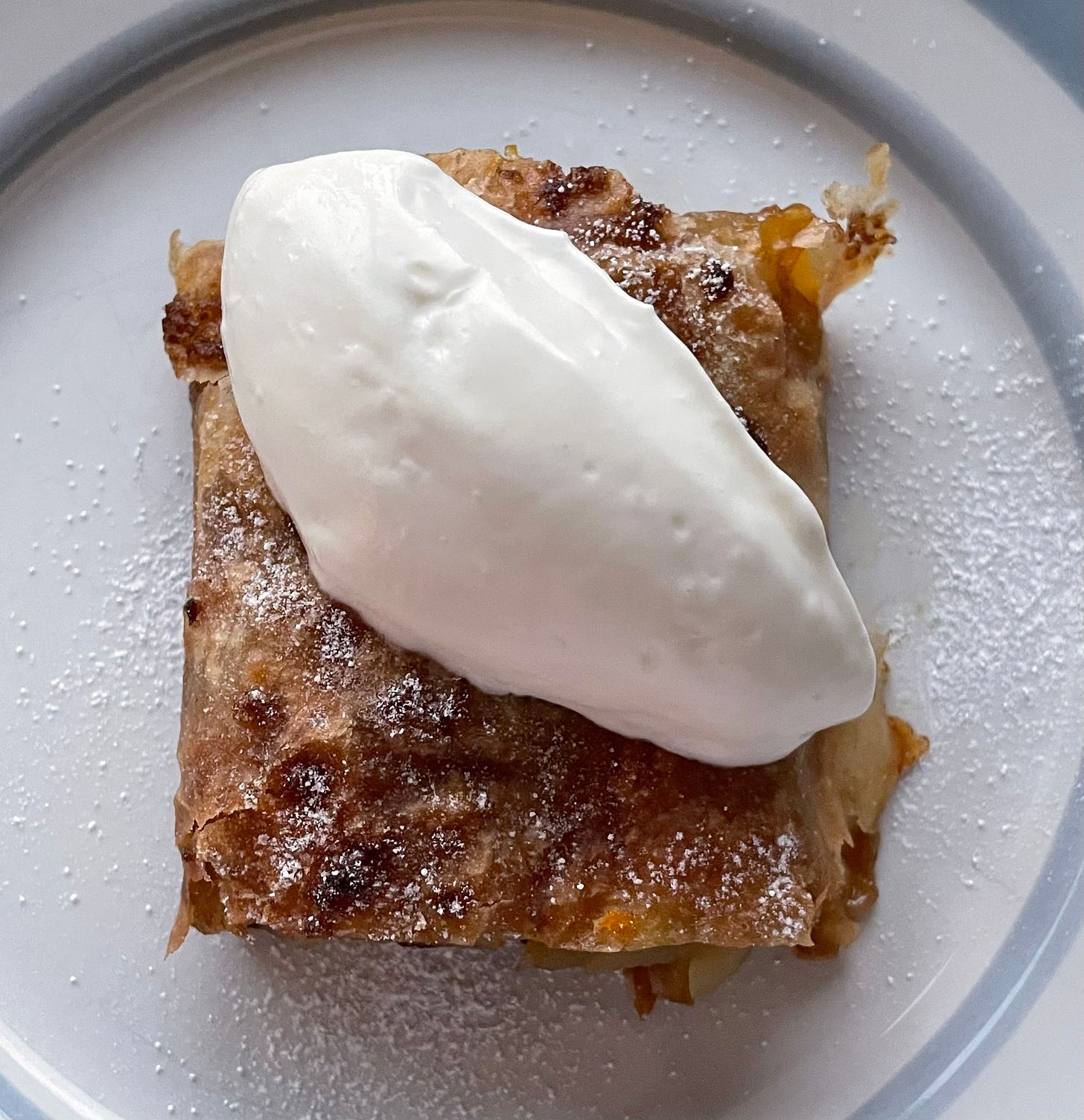
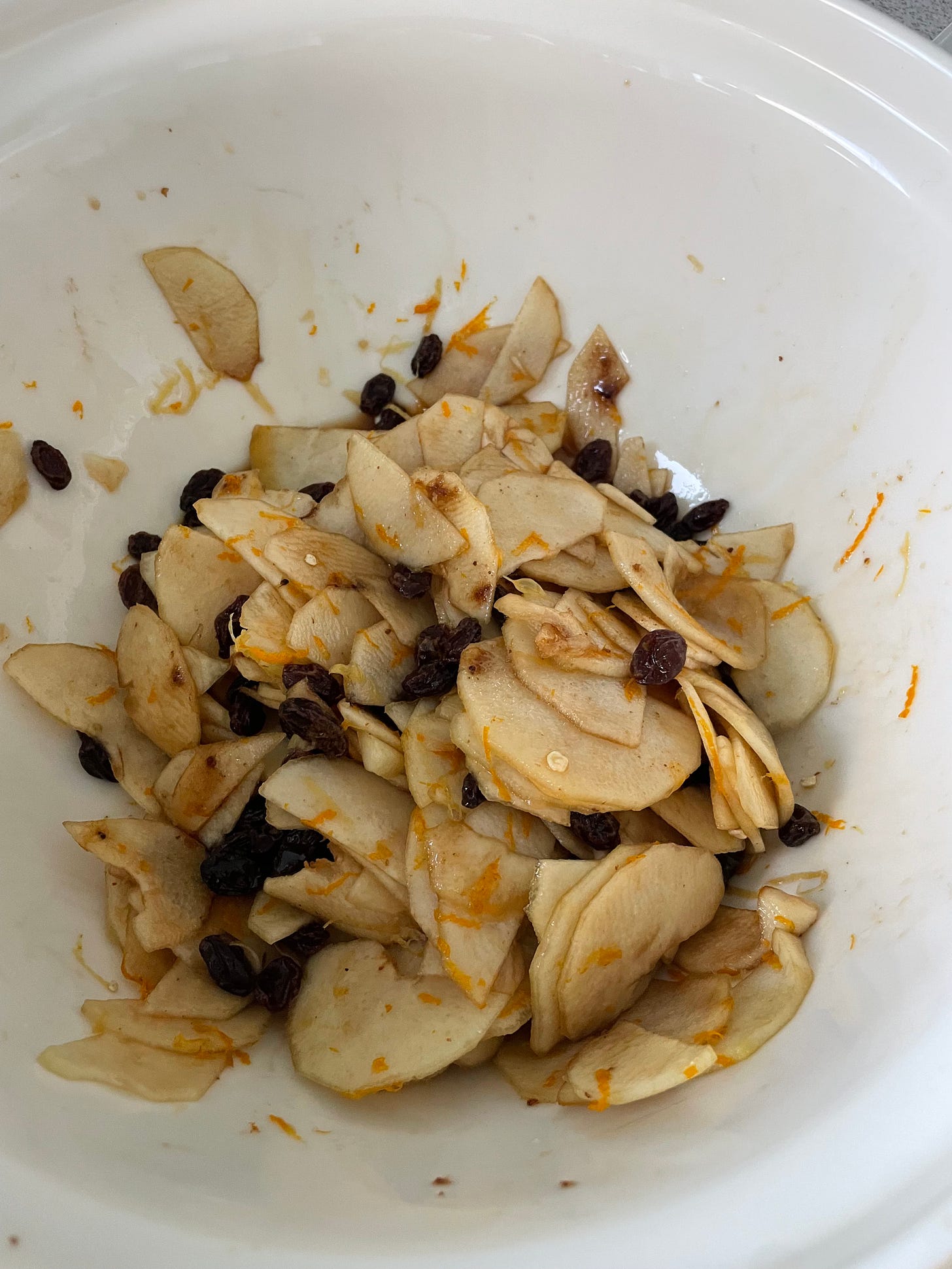
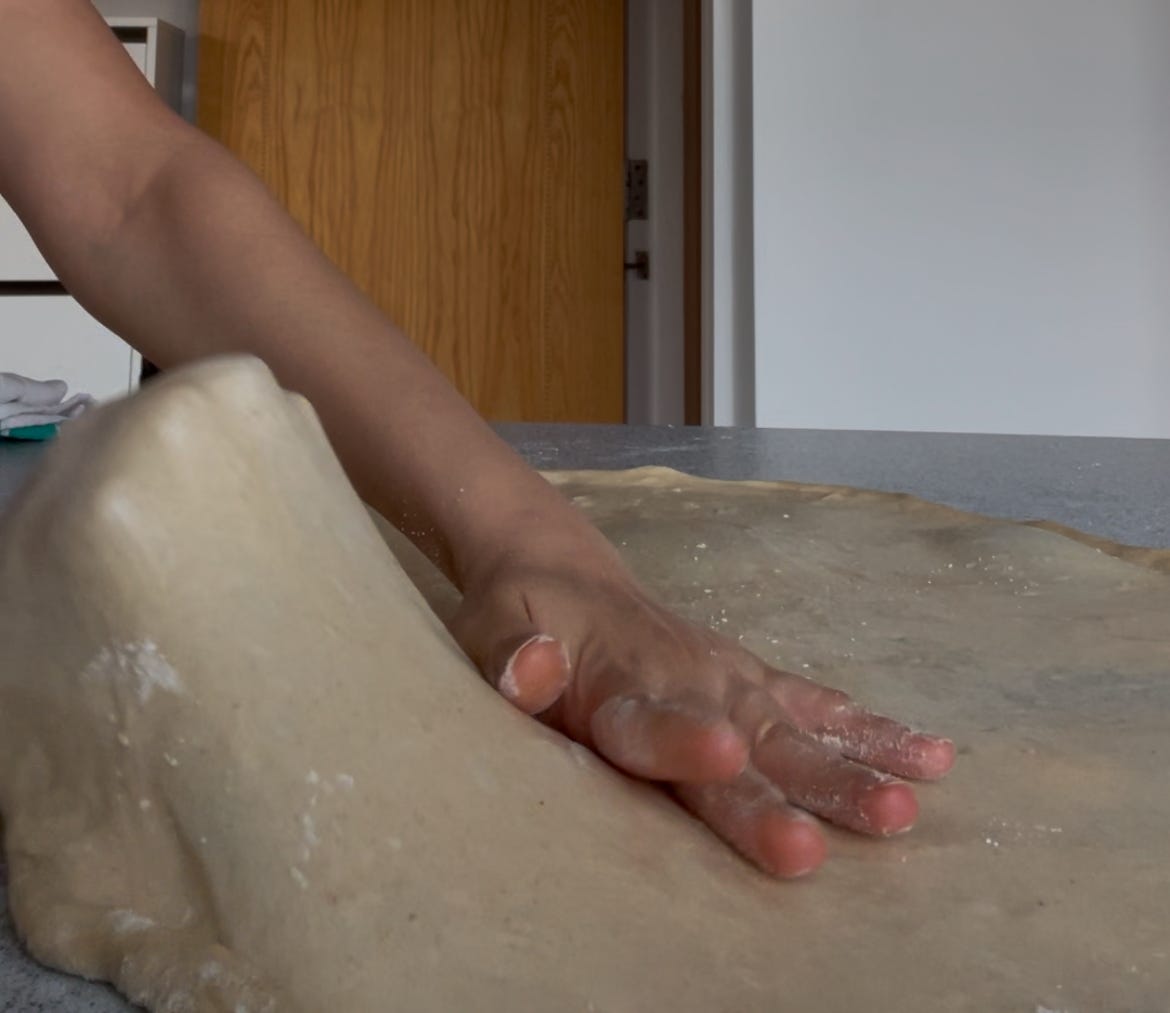
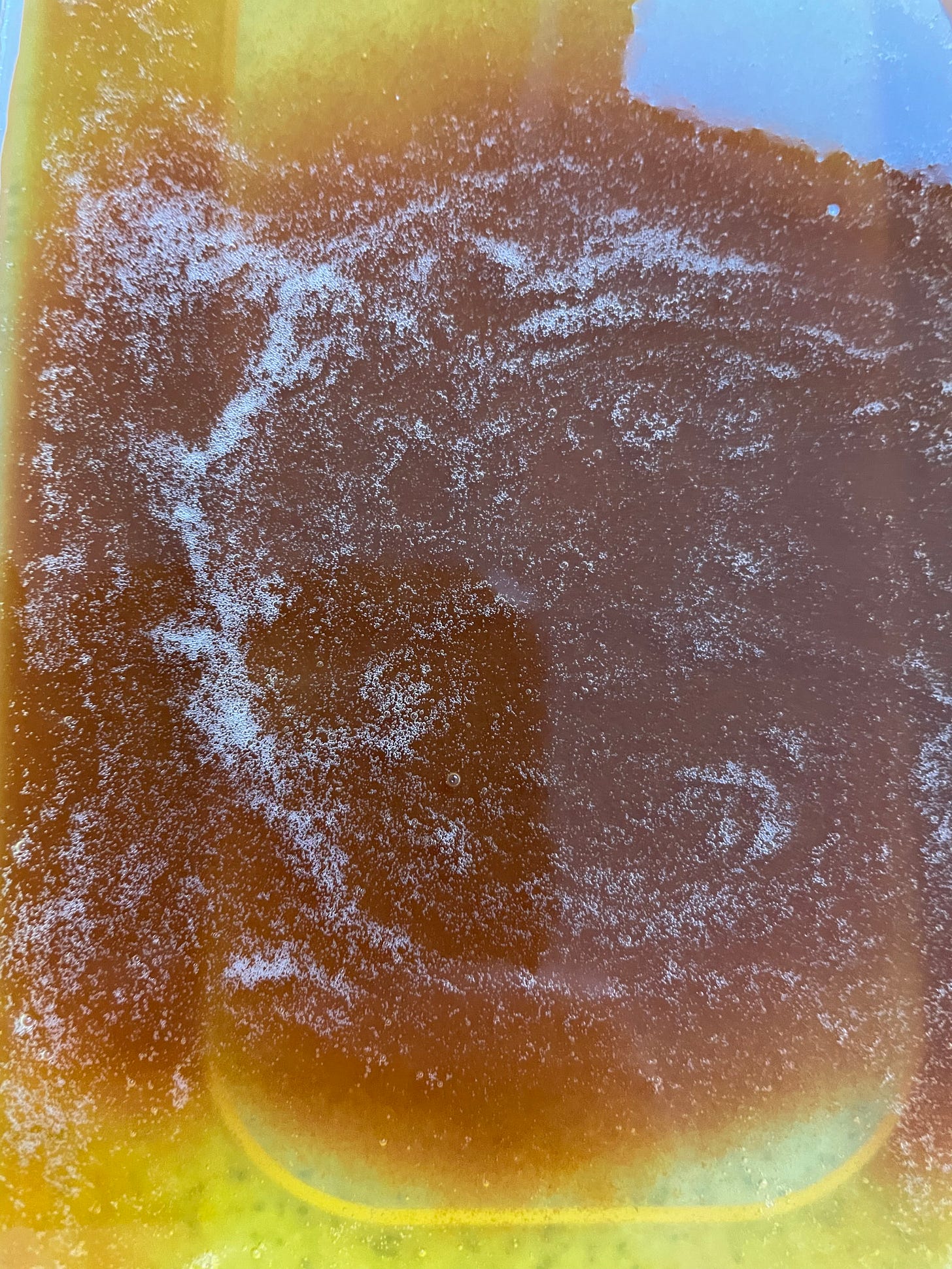
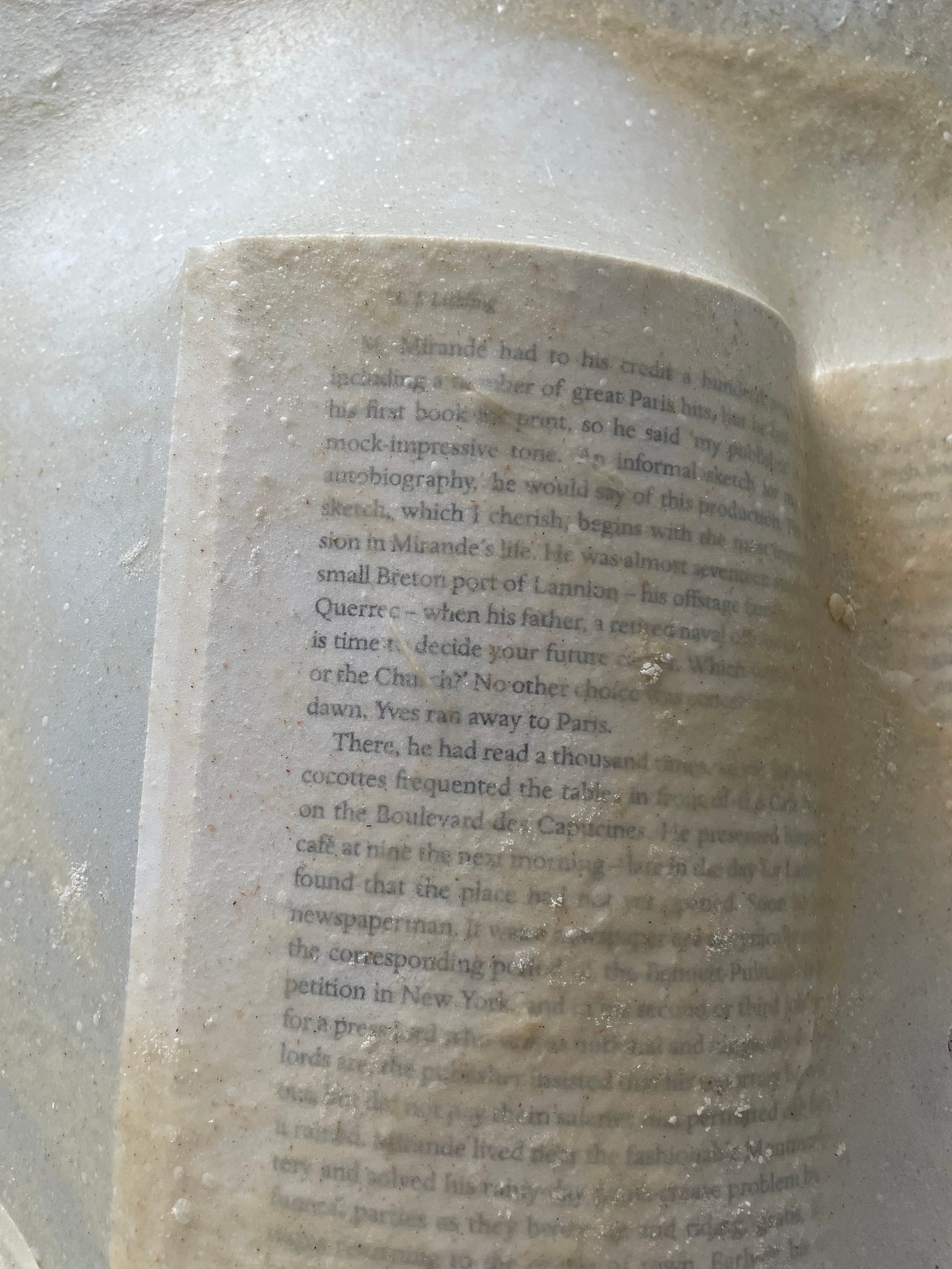
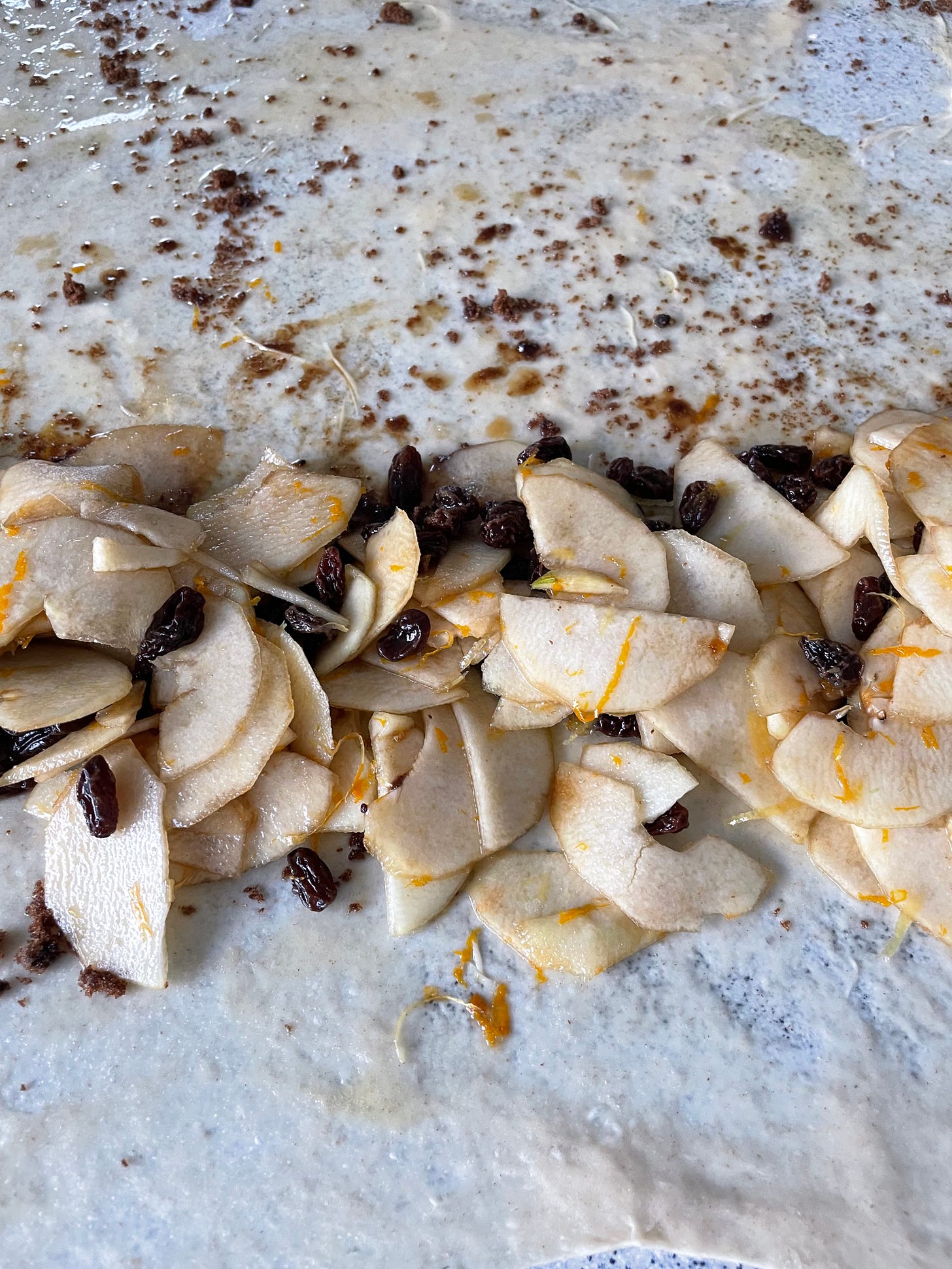
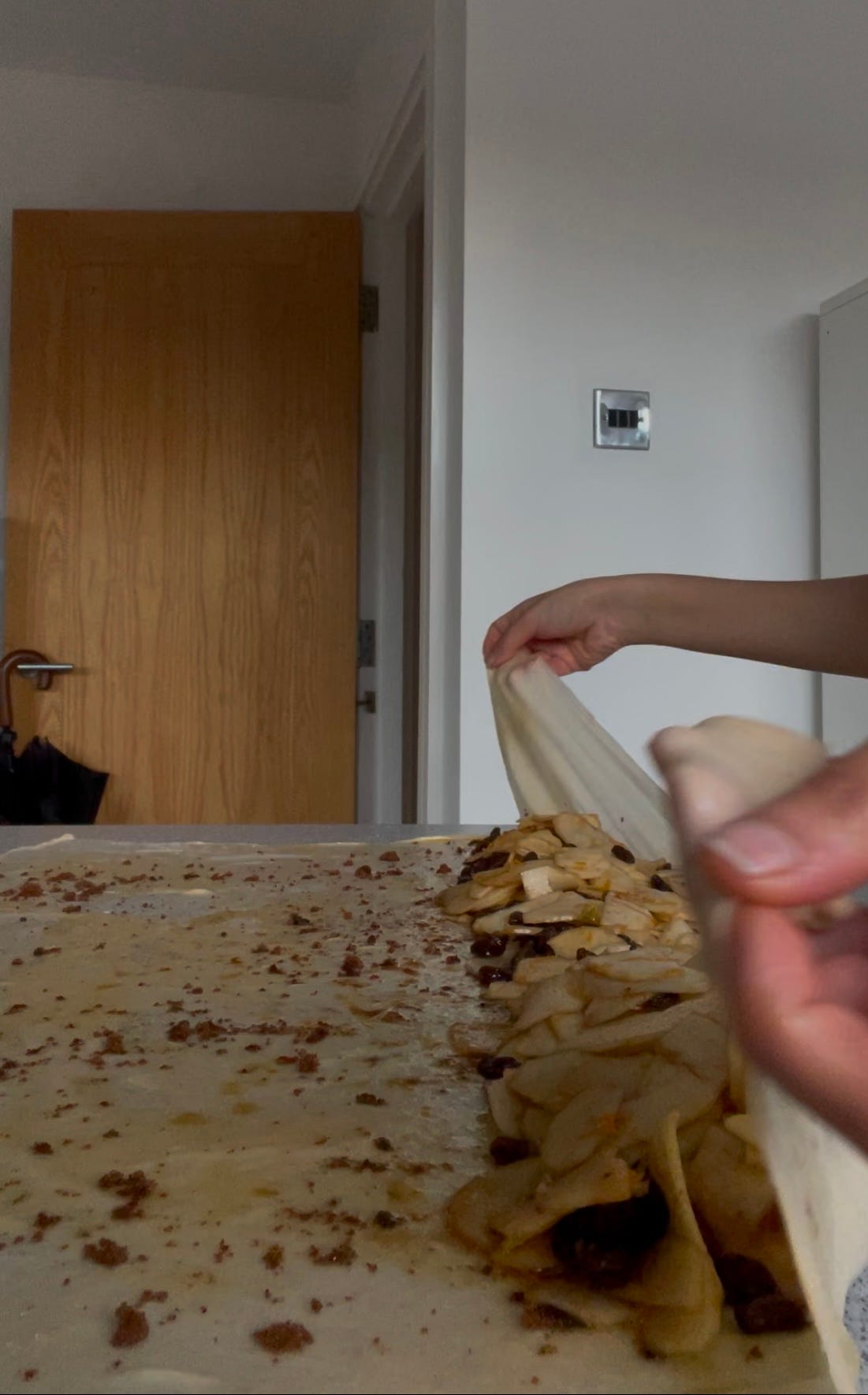
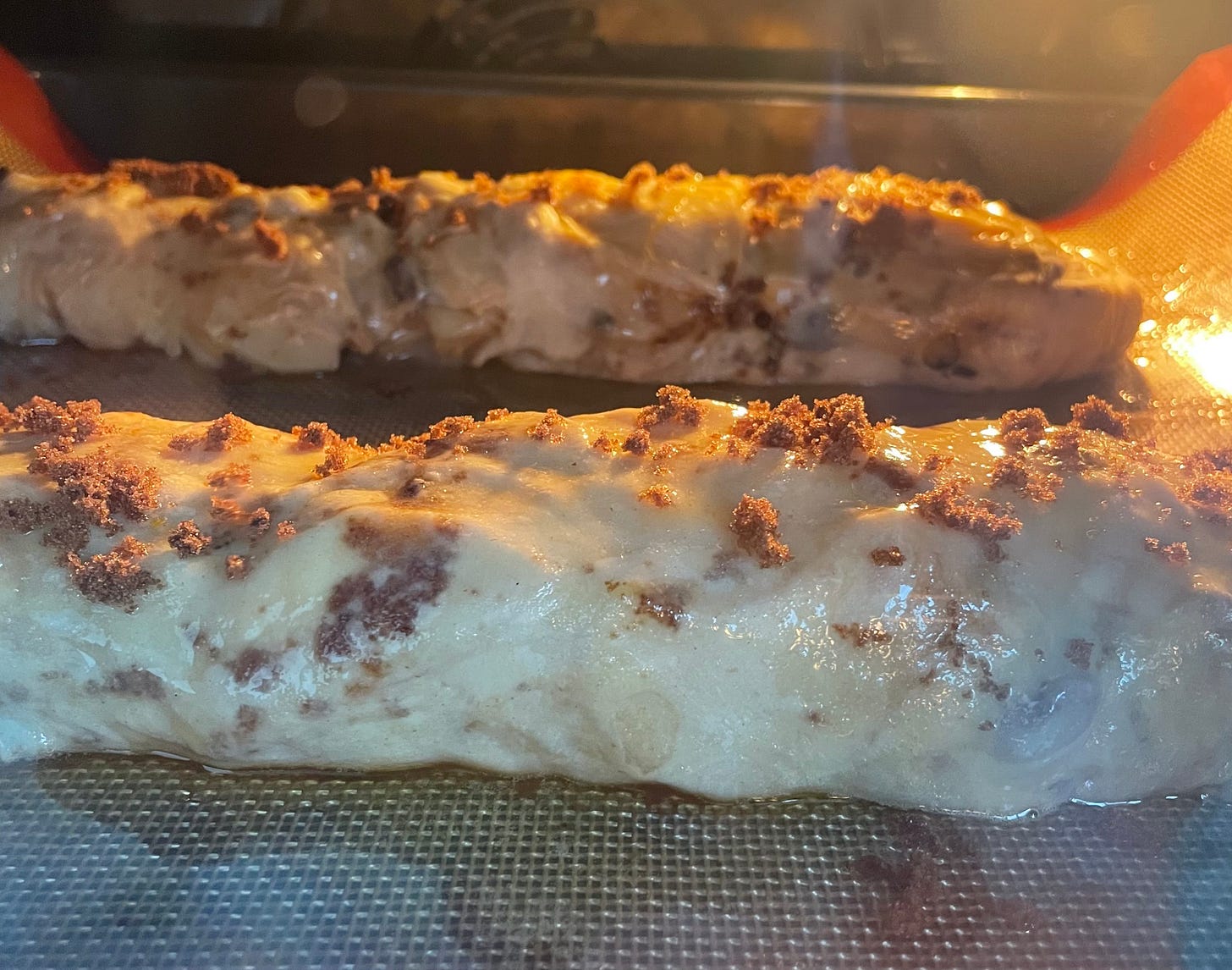

Your strudel looks divine - the photos are beautiful. As always the description of the process is written so eloquently allowing us to feel immersed in a world of sweetness. Thank you Sonali - you are the best.
Loved reading the steps. It took me on a visual journey. Bravo Sonali